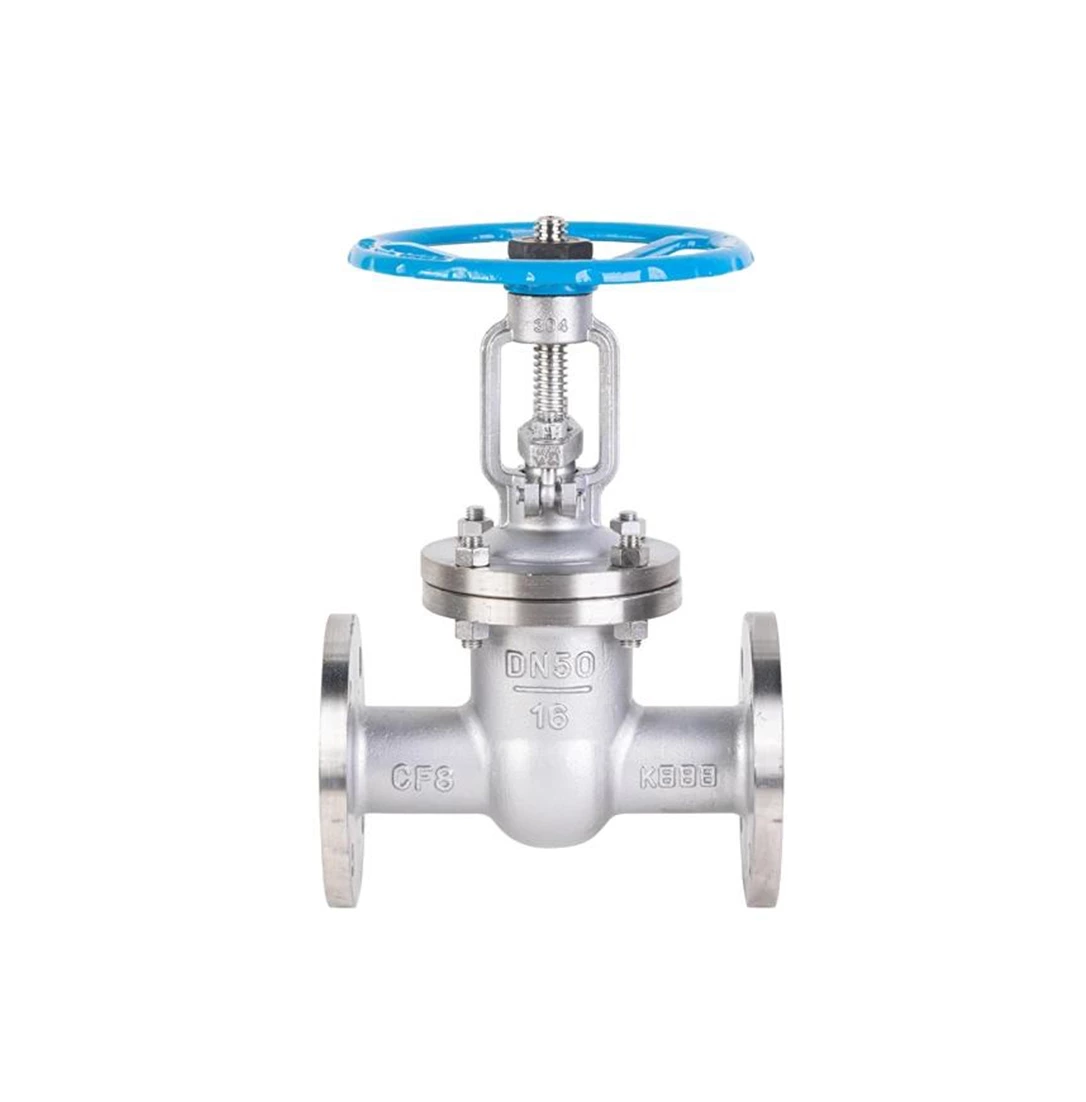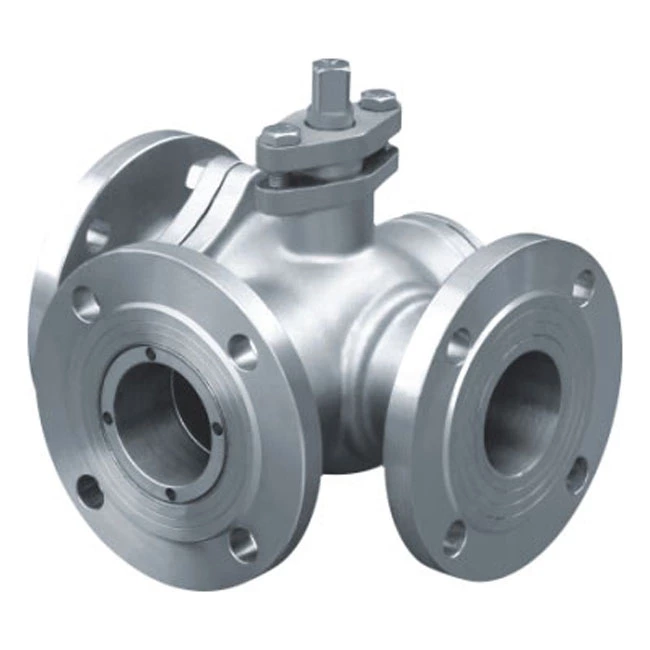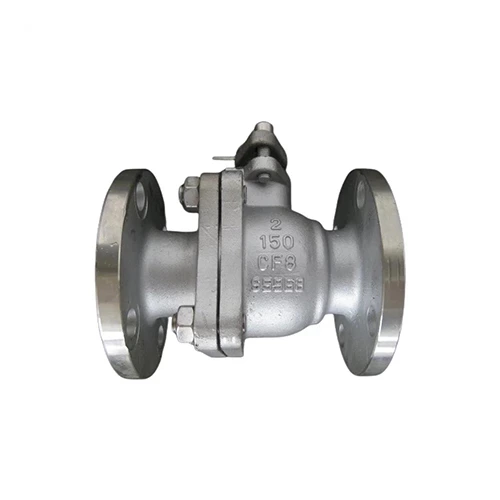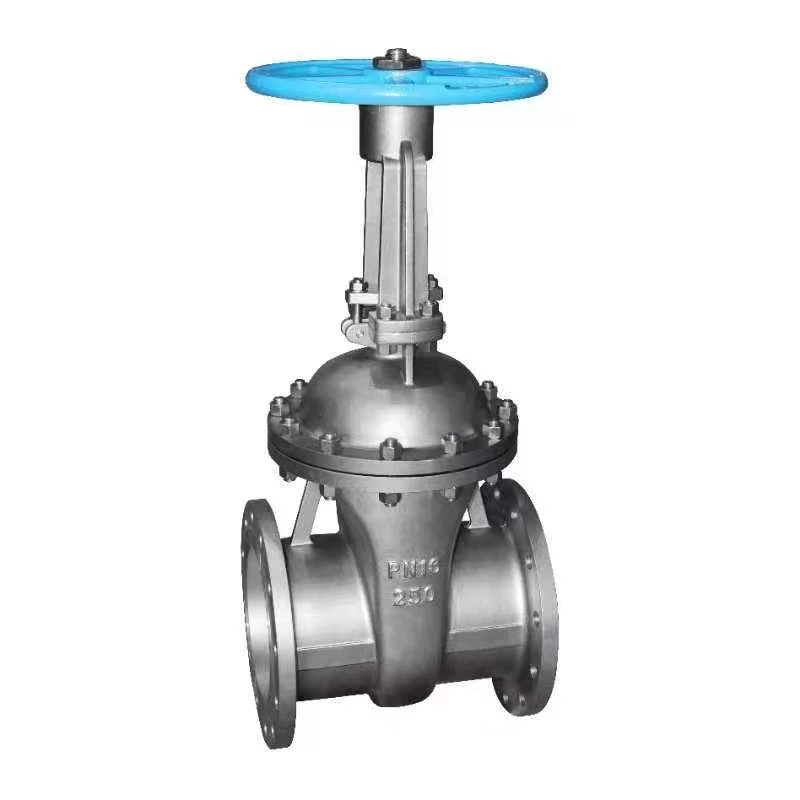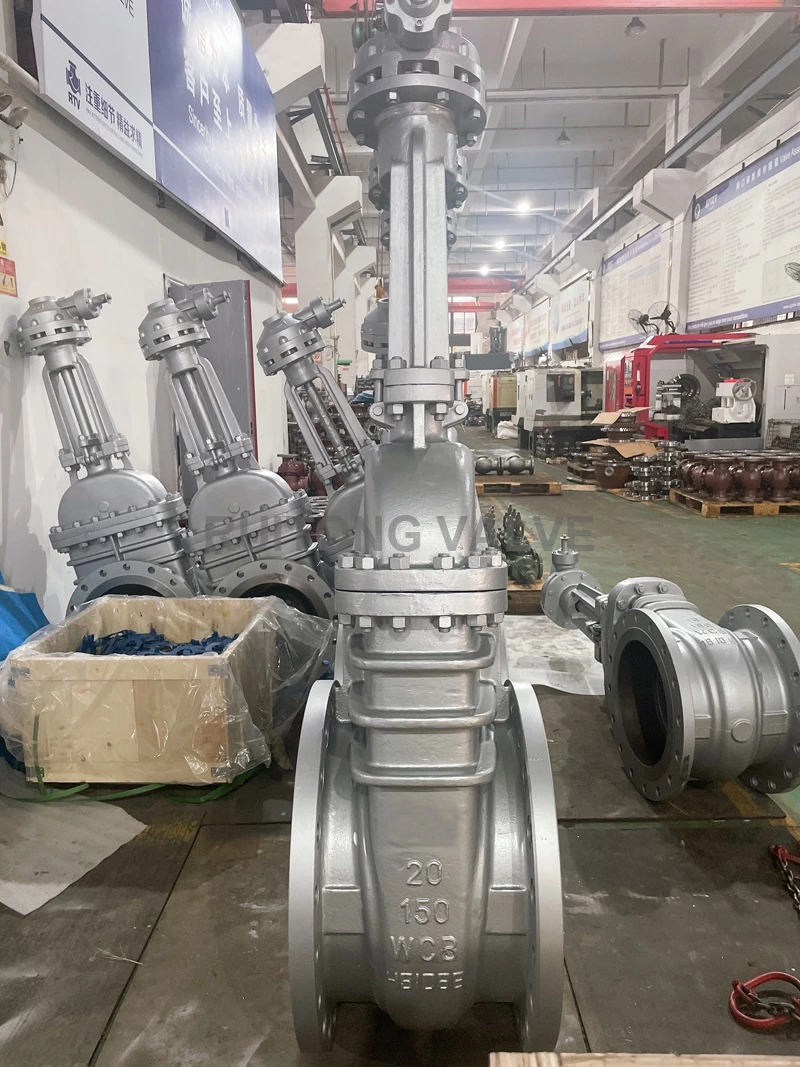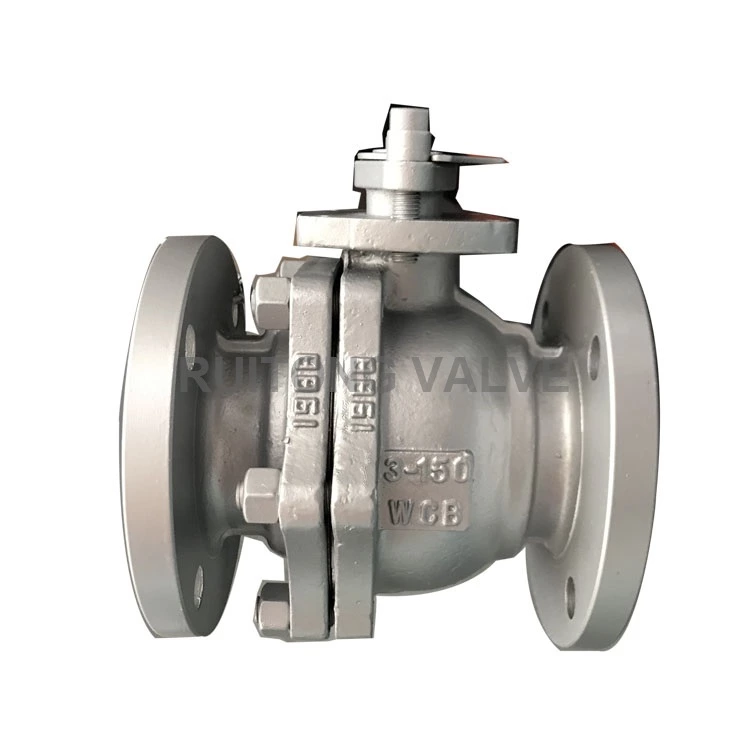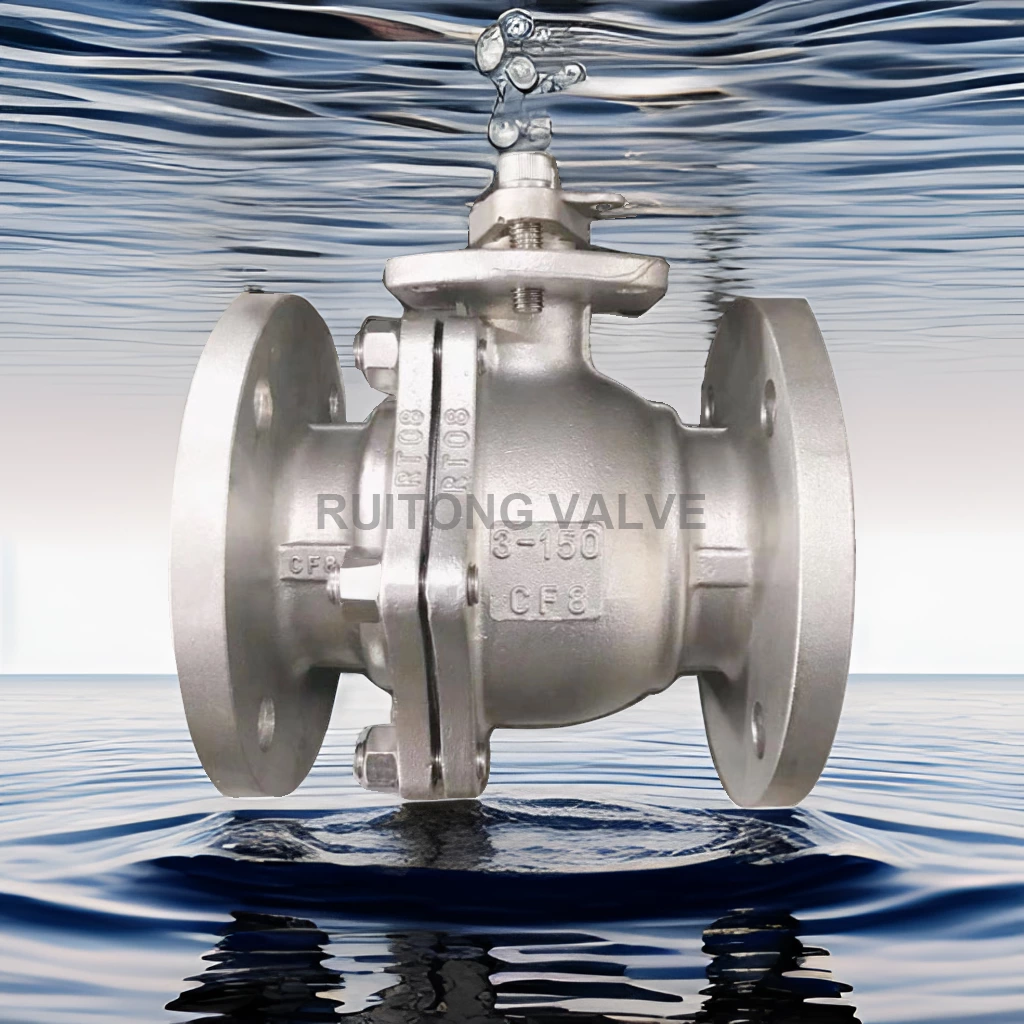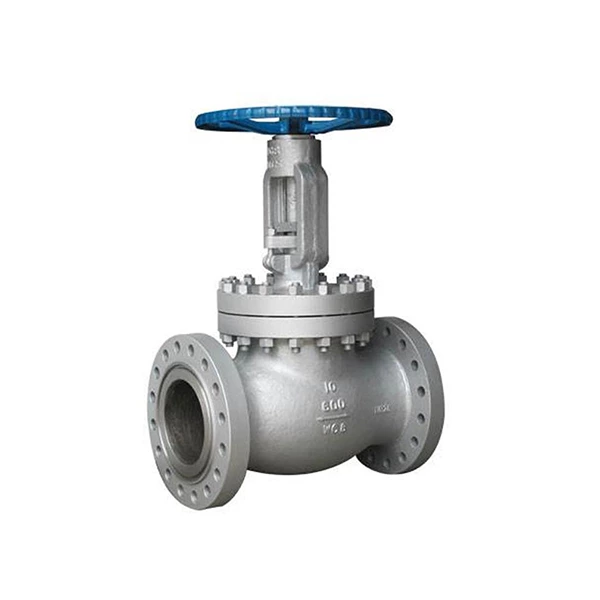Principle And Material Of Electric Gate Valve
The electric gate valve hard-sealed ball valve includes a valve cover, the valve cover of the product forms a closing structure with the valve body seat, the valve cover of the product is provided with a valve stem, the valve stem of the product is provided with a first transmission pin at one end, the first transmission pin of the product is provided with a first transmission disc, the bottom end of the valve body seat of the product is provided with a support shaft, the support shaft of the product is provided with a second transmission pin, the second transmission pin of the product is provided with a second transmission disc, and a ball is provided between the first transmission disc and the second transmission disc of the product. This product has a simple structure, low manufacturing cost, fast opening and closing speed, small wear and simple operation.
The butterfly plate of the electric gate valve hard-sealed ball valve is installed in the diameter direction of the pipeline. In the cylindrical channel of the hard-sealed ball valve body, the disc-shaped butterfly plate rotates around the axis, and the rotation angle is between 0° and 90°. When it rotates to 90°, the valve is fully open.
The electric gate valve is suitable for high wear and strong corrosion conditions, and it also solves the problem of easy brittle cracking of ceramic ball valves and its production process. The characteristic of this ball valve is that a ceramic layer is separately plasma sprayed on the mating surface of the ball and the valve seat. Due to the wear-resistant and anti-corrosion characteristics of ceramic materials, it has excellent internal sealing performance and service life in the face of severe working conditions such as high wear, strong corrosion, high temperature, and high pressure; at the same time, because the valve seat, ball and valve body are still made of metal, the brittle crack of the valve seat and the ball can be avoided.
Gate Valve and the valve seat, a certain thickness of ceramic material is separately applied on the mating surface of the ball and the valve seat to form a ceramic layer, and then the mating surface of the ball and the valve seat is separately ground, and finally the ball and the valve seat are assembled and ground to make the ball and the valve seat hard seal and cooperate, so that the ball and the valve seat can reach the cooperation accuracy required by the hard seal, and improve the sealing function of the hard seal ball valve.
